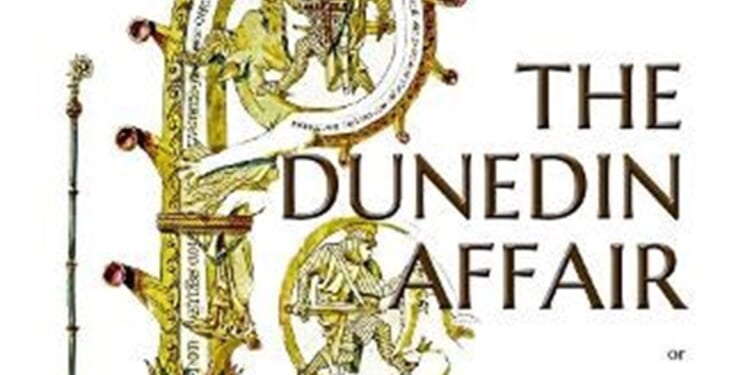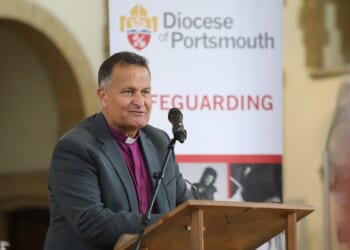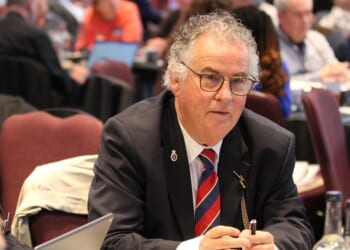HARD-PRESSED bishops, swamped with paperwork, sometimes miss things. When George Augustus Selwyn arrived in New Zealand in 1842, his task was to create new dioceses and appoint new bishops to run them. Six sees were planned, and, by 1858, five were in place, headed by men drawn from Selwyn’s “stock of personal friends”, as he himself put it. But who was to be Bishop of Dunedin, the largest city in New Zealand after the Otago gold rush of 1861, in an area dominated by militant Scottish dissenters?
Charles Longley, Archbishop of Canterbury, was asked by Selwyn to come up with a candidate, a “vigorous man, with some power of speech, and real earnestness of purpose, able to walk and ride, and not afraid of the weather!”.
Longley called in Henry Lascelles Jenner, the robust and capable Vicar of Preston-next-Wingham, in Canterbury diocese, whom he had known at Harrow. Never mind that he was sending a Ritualist to the very area that was least likely to accept him. Jenner made the long journey, worked hard, and was soon back at Preston, rejected as Bishop of Dunedin and now a parish priest for the rest of his life, a bishop without a see.
Having been a drummer with the New Wave band Tubeway Army in the 1970s, Bob Simmonds later became Senior Chaplain at Broadmoor and Associate Minister of Holy Trinity, Reading. When he was a vicar in Hemel Hempstead, Simmonds exchanged his parish with the Vicar of Oamaru for six months, during which he read a book about the Jenner case and recalled the village in Kent from his childhood. “I read the book with a growing sense of love and respect for the man,” he writes, and with “anger and despair at the way he had been treated, and the great loss to the life of the church that this had caused”.
Only later, when he found himself in a similar situation, was he inspired to scour the archives and newspapers and “put together this book”. He was not alone, he suggests: “Many gifted people were being left by the wayside, or badly treated, as the Church of England blundered on, both hidebound by its historic pomp and power, and at the same time turning its back on the richness and sanctity of the parish system, and losing its grip on a studied and grounded theology.”
Jenner’s is a fascinating story and Simmonds’s is a righteous anger. Historians of the colonial Church should read this book, in spite of its unedited excesses and its habit of buttonholing the reader with yet another grudge against the Church. Although Jenner’s Dunedin journal has been “pared down”, many of the hundred pages that remain contribute little more than local colour.
Simmonds is cross with Jenner’s family, who could have “lent him a quid or two, or given him a regular top-up to his stipend from the Bank of Mum and Dad”. He is cross with Jenner’s friends in the Ecclesiological Society and “all those who travelled the same ‘theological groove’”. And, above all, he is cross with the English bishops of the time. “Still, bishops are bishops, and their behaviour here is not much different from that in other generations.”
If the Church of England were to make a pitch for itself, he concludes, “it would need to use the exact opposite of that advert that says, ‘It does what it says on the tin’.”
Dr Wheeler is a former lay canon of Winchester Cathedral. His latest book is William Ewart Gladstone: The heart and soul of a statesman (OUP) (Books, 11 April).
The Dunedin Affair: The bishop who lost his see
Bob Simmonds, editor
Bob Simmonds £10*
(978-1-3999-7137-9)
*from writerbobsimmonds@gmail.com and large online booksellers














